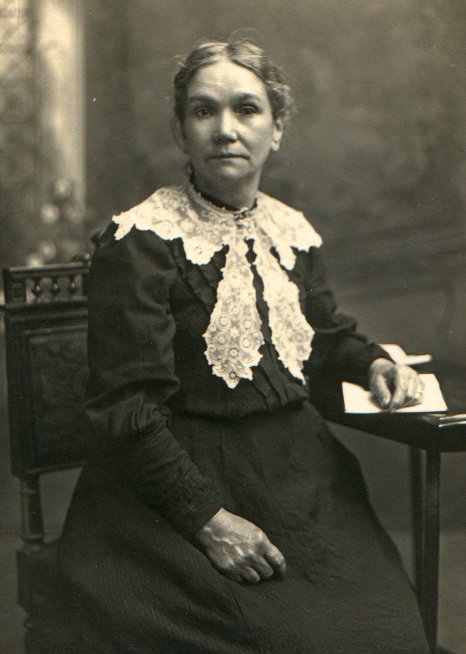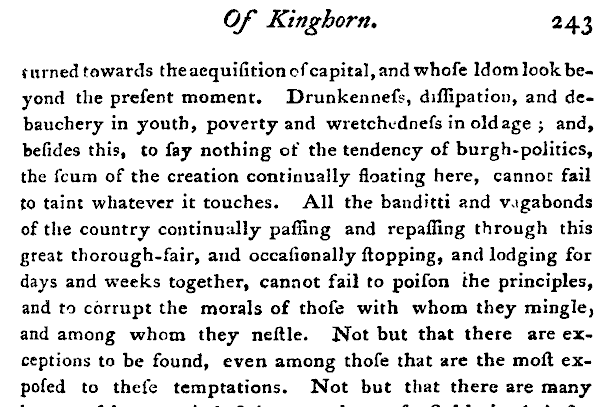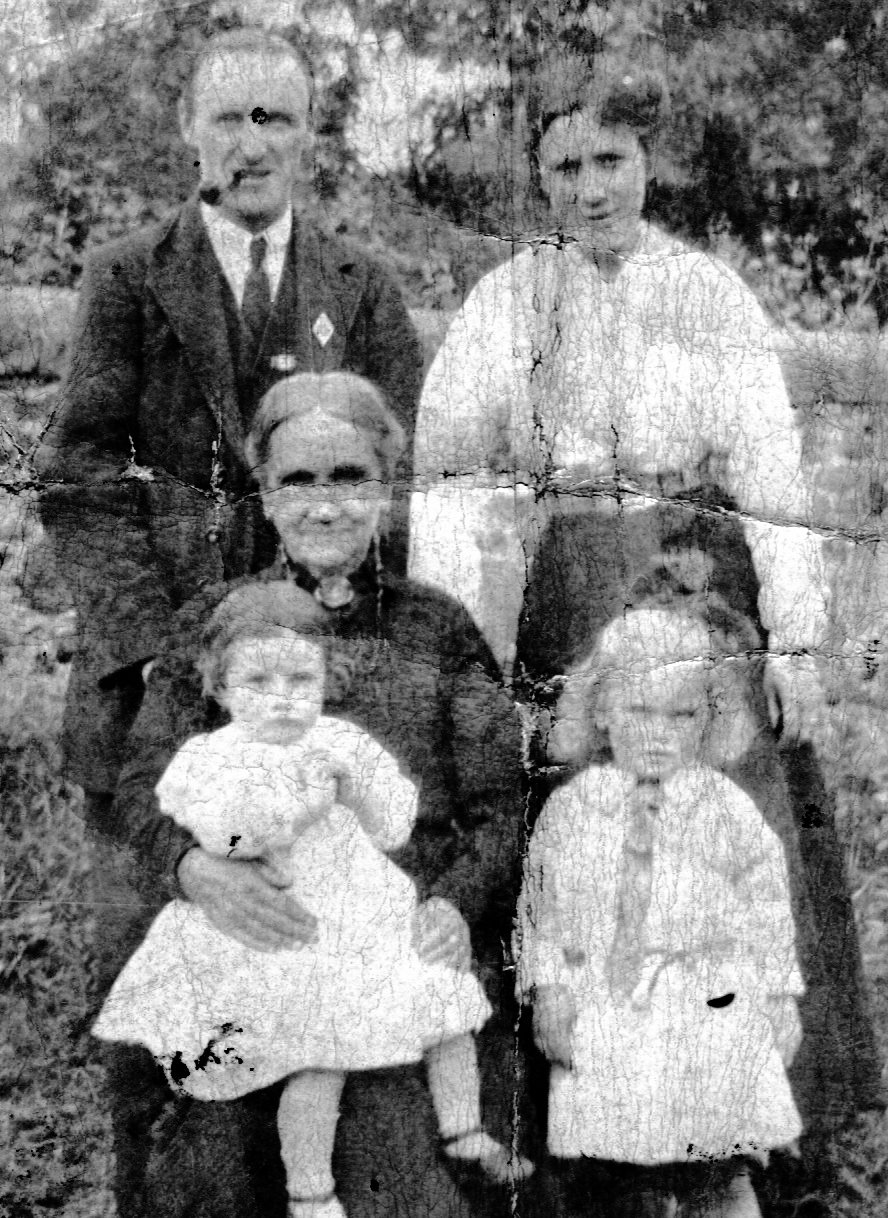The Old Family
and how we got here

Christina Lawrie was born the ninth out of ten children, all born in Buckhaven or Wemyss, Wemyss being the parish which contains Buckhaven and all the villages with Wemyss in their name. The family, minus the two eldest children, moved to Kinghorn around 1860, father Walter being noted as a fisherman at the time. Christina Lawrie's subsequently life gives us a tour round Kinghorn. As said, she was born in Wemyss (although I'm almost certain it was Buckhaven) but by the time she was five the family had moved to the town end of Pettycur Road in Kinghorn. Over time she lived in Overgate (which part not specified), Nethergate, High Street, Trongate, firstly South Overgate then North Overgate specifically. The following map locates these streets apart from Pettycur Road which is off the bottom the map and the Trongate which was between the Cunzie Neuk and the Nethergate. Full map is here.
Christina was probably known as Kirsty, according to Sandra's Auntie Mary, and she had an unsettled childhood according to the records. Her mother died of tuberculosis when she was only 6 years old and ten years later she was living with an older brother while her father was in the Poorhouse. It's difficult to ascertain the circumstances of why the old man wasn't looked after by any of the family but he was also dead within a further year, from dropsy or fluid retention.
She married David Brown (or Davie Broon) who worked in the mill as a tenter (see his page), presumably the same one she worked in, and they had, according to the 1911 census, nine children of whom seven survived into adulthood. The first one, Andrew, and a later one, Marjory, died young but they weren't "replaced" by others of the same name as often happened in Scottish families. This meant that Davie's parents didn't have "their" grandchildren whereas Kirsty's did with Walter (Watty) and Frances (Fanny). I know Walter was known as Watty from Sandra's granny Lena who used to talk about Watty Broon's rocks where it seems he had unofficial exclusive fishing rights, especially for crabs.
There is a description here of Kinghorn at the time her family moved into the town with an amusing line about the harbour.
There is an apology for a harbour which is of little use except for fishing boats; however the harbour at Pettycur affords good accommodation for vessels and was the regular ferry station from Fife to Newhaven and Leith before the opening of the E P& D Railway and the transference of the ferry station to Burntisland.
It also tells us that There are 2 spinning mills and a bleachfield at Tyrie at which great numbers of the inhabitants are employed.
The uncompimentary descriptions of Kinghorn weren't new. The Old Statistical Report of 1791-99 tells us that Kinghorn was the location of Macbeth's victory over the Vikings and the site of Glamis Castle which Alexander III was heading home to when he fell to his death over a nearby cliff but also the home to banditti, vagabonds and the scum of creation. I'll let you read it yourself.

The New Statistical Account from 1834-45 gives an updated version of affairs with more modern language and tells us that fishing was negligible but that flax spinning employed almost the whole working population.
Finally we have a photo of Kirsty taken about 1920, with daughter Lena and grand-daughter Ina (another Christina, named after her) on the right. I'm not sure who the man is but I don't think it's Lena's second husband Richard. I seem to remember being told it was Jim Todd, who presumably was Richard's brother and presumably the other child is his. The photo has been restored to some extent from attrocious condition but has been left in that form as further restoration would start "telling lies".

